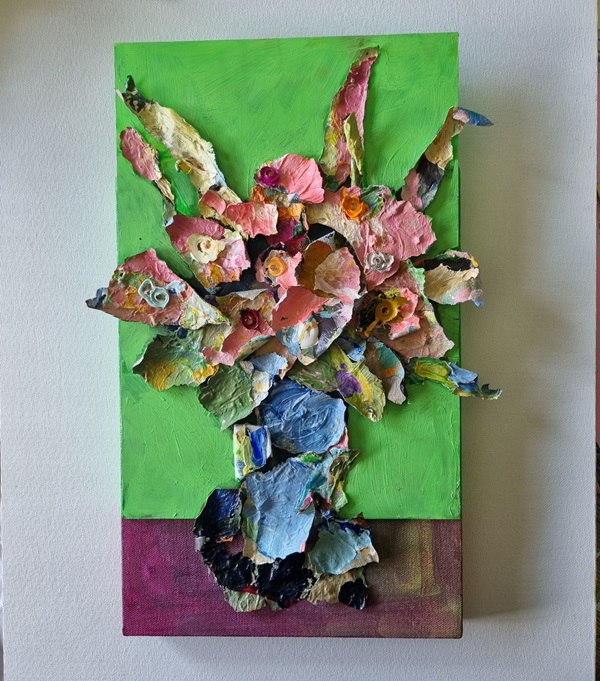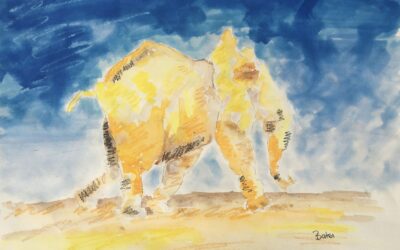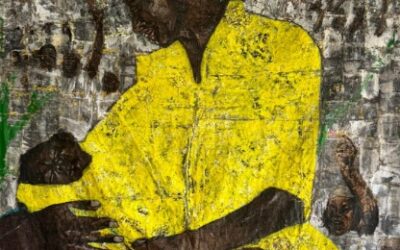David Goldblatt salutes Ranjith Kally, a photographer whose work speaks fluently about people and events.
MEMORY AGAINST FORGETTING: THE WORK OF RANJITH KALLY by Ranjith Kally with Kalim Rajab (Quivertree Publications)
Until the photographer Ranjith Kally held his first exhibition at the Goodman Gallery in Jo’burg in 2004, I knew hardly anything about the man and his work. That I was ignorant of his more than 60 years of photography, mostly in KwaZulu-Natal, some 30 of them in the service of Drum and Golden City Post, and of many fine and definitive photographs, testifies to a narrow regionalism of which I had not suspected myself. The 2004 exhibition and now the book Memory Against Forgetting have opened my eyes.
This is a handsome, hardcover, well-produced book on substantial, not irritatingly “see-through”, paper. The photographs, all of them black-and-white, are well rendered, though unevenly with regard to that bane of printers’ lives – deep blacks. Surprisingly, the place of its printing and binding has not been disclosed. Designed without gimmickry, the pictures are bold and big, the texts crisp. This is a book that demands to be seen and read for its content rather than placed as an ornament on the coffee table.
The book is the outcome of Kalim Rajab’s interest in the life and work of Kally. Rajab, the son of a family whose friendship with Kally goes back “several generations”, has written introductory texts and the captions, in which Kally is frequently quoted.
Born in 1925 to a poor family of sugarcane field workers in Isipingo, Kally was drawn to photography after buying a Kodak postcard camera for sixpence at a jumble sale. The book opens with a somewhat falsely dramatic landscape of 1946 and classical portraits of his mother and father made in 1947.
Kally tells us that the portraits followed the compositional prescriptions of the Royal Photographic Society’s magazines. But, if they were done by rote, these are not beginner’s mechanical photographs. They are warm, intimate portraits, strongly seen and eloquent of craftsmanship and care; qualities that would come to characterise much of his later work, especially his portraits.
Rare among books, this is one that could have been longer.
For full overview by David Goldblatt see Mail & Guardian







